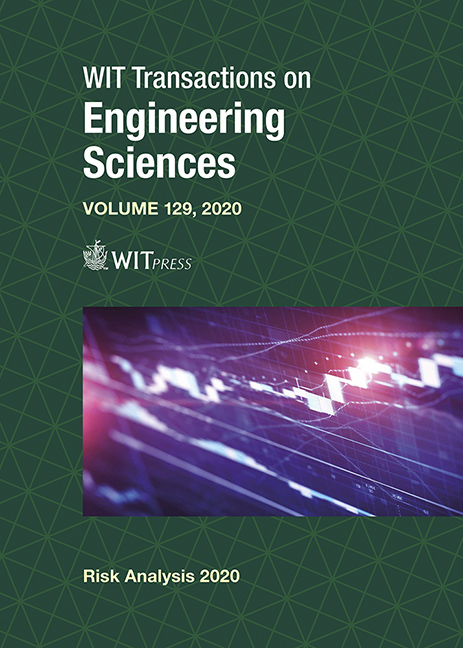ANALYSIS OF AREAS INUNDATED BY TSUNAMIS INDUCED BY EARTHQUAKES AND LANDSLIDES IN THE REGION OF CALABRIA, ITALY
Price
Free (open access)
Transaction
Volume
129
Pages
12
Page Range
135 - 146
Published
2020
Size
2,432 kb
Paper DOI
10.2495/RISK200121
Copyright
WIT Press
Author(s)
FRANCESCA MINNITI, GIANDOMENICO FOTI, GIUSEPPE BARBARO
Abstract
Tsunamis are catastrophic events that occur especially in the Pacific or the Indian Ocean, causing violent inundations and destroying entire cities near the coast. They can also occur in the Mediterranean Sea, but their magnitude is smaller than in the Pacific or Indian Oceans; their effects however can be as fatal, because of high coastal exposure and vulnerability. These have been growing in the last few years as a result of increased coastal anthropization. This situation leads to a careful reflection on assessments of tsunami hazard due to earthquakes or landslides and of the consequences of tsunami impacts. The paper discusses these issues through an application along the Calabrian coasts in southern Italy. Our analysis starts from the description of the phenomena that have already taken place in order to assess the risk associated with any tsunami and to manage the consequent risk affected areas. Tsunamis are due to earthquakes or landslides mainly because of the high seismicity of the particular area. Many seismic events took place over time causing the onset of landslides and coastal floods. In particular the most catastrophic were the landslide-induced tsunami in Scilla in 1783, and the tsunami in the Strait of Messina in 1908, both in Calabria. In our case study, the Scilla tsunami has been treated with reference to the reconstruction of the landslide that induced it and the related flood. It is important to interpret the mechanisms of induction and propagation of these phenomena through events that have already occurred. In this way, we can have a complete picture of the risk and management of these phenomena in our territory, essential for human safety. The reconstruction of the event was made using QGIS and MATLAB software. QGIS was used to reconstruct the geometric domain, to interpret bathymetric data provided by the IGM (the Military Geographical Institute) and to map areas with risk of flooding, necessary for the management phase. MATLAB was used to reconstruct landslide geometry and the propagation mechanism.
Keywords
landslide, tsunami, coastal flooding, risk analysis, management, inundation





